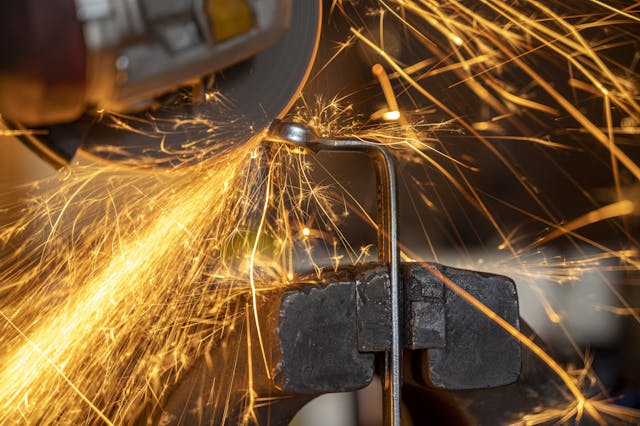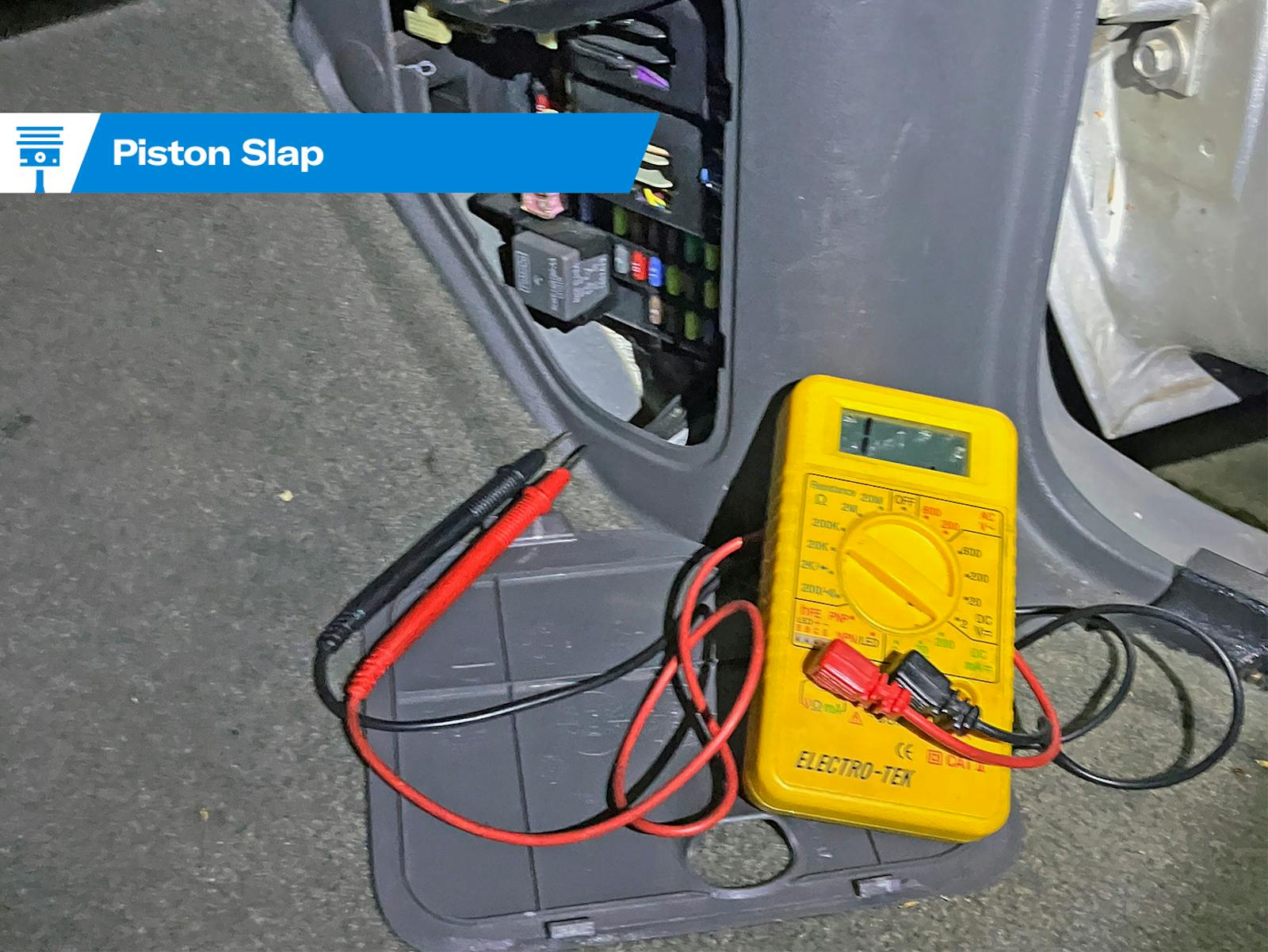Wrenchin’ Wednesday: Chopping and bending custom wrenches
I don’t care how fancy your wrenches are, if you’ve been turning them long enough, you’ll have a few custom jobbies in the drawer before too long. Toolmakers couldn’t dream up every nightmare situation you’ll find yourself in, and hacking up an unsuspecting wrench can be a total lifesaver for getting the job done.
Today’s Wrenchin’ Wednesday involves three ways to modify a wrench, and it came out of having just wrapped up a fresh injection pump and injectors on my 1996 Suburban with the 6.5, whose spider-like fuel fittings for all eight cylinders required some creativity to reach.
Fixing the angle of the dangle
A lot of times, the wrench may be too close to something you’re swinging against, or you’ll need the wrench to reach around a corner in order to access the fastener or fitting you need. A judicious application of heat, naturally, tends solve the issue.

A propane torch with a blue can will suffice, but find yourself a yellow canister of MAPP for fast results. Heat both sides of the wrench until you get it glowing red. It will tend to bend at the softest point of the heated area, so keep this in mind when positioning the torch relative to where you need the wrench to bend.

Once you start to see it reach a glowing yellow-orange through both sides, make your move with the torch still blasting. You can bend it along the flat side seen here, or even give it an S-curve like the 19mm in the topmost image of this story.

You have two choices to quench it: Water is the easiest to get your hands on, but I also have a tank for recycling oil and dunk hot tools in there to marginally restore some hardness to the tool (due to the oil’s carbon content).
Low-profile line wrench

Line wrenches are box-end wrenches that have been pie-cut so that they can slip around a hard line and spin the fitting. To prevent the halves of the box-end from flexing and slipping on the fitting, often times, line wrenches are made thicker than a standard box-end, which works great for rigidity but can become a hindrance in tight spaces.

Chopping up our own line wrench won’t have the rigidity of a pre-made one, so care must be taken to not overtorque it until the box-end starts to flex. That said, its wall thickness is also thin enough to spin next to a very dense injection pump rotor with its eight injection lines coming together.
Slim-fast for the open-end

Just like before, I needed more room to swing the wrench in order to keep spinning a fitting off, or to loosen the turbo’s fasteners (which are right against the up-pipe). A flap disc here is perfect for knocking down the width of a wrench’s open-end, give it more swing before the wrench butted up against something else.

It’s a small change that will reduce the rigidity some, but being able to easily spin a bolt and conveniently catch the next flat far outweighs the reduction in long-term viability. At the end of the day, wrenches can be cheaply replaced. The time waiting around for the “right” tool can’t.

